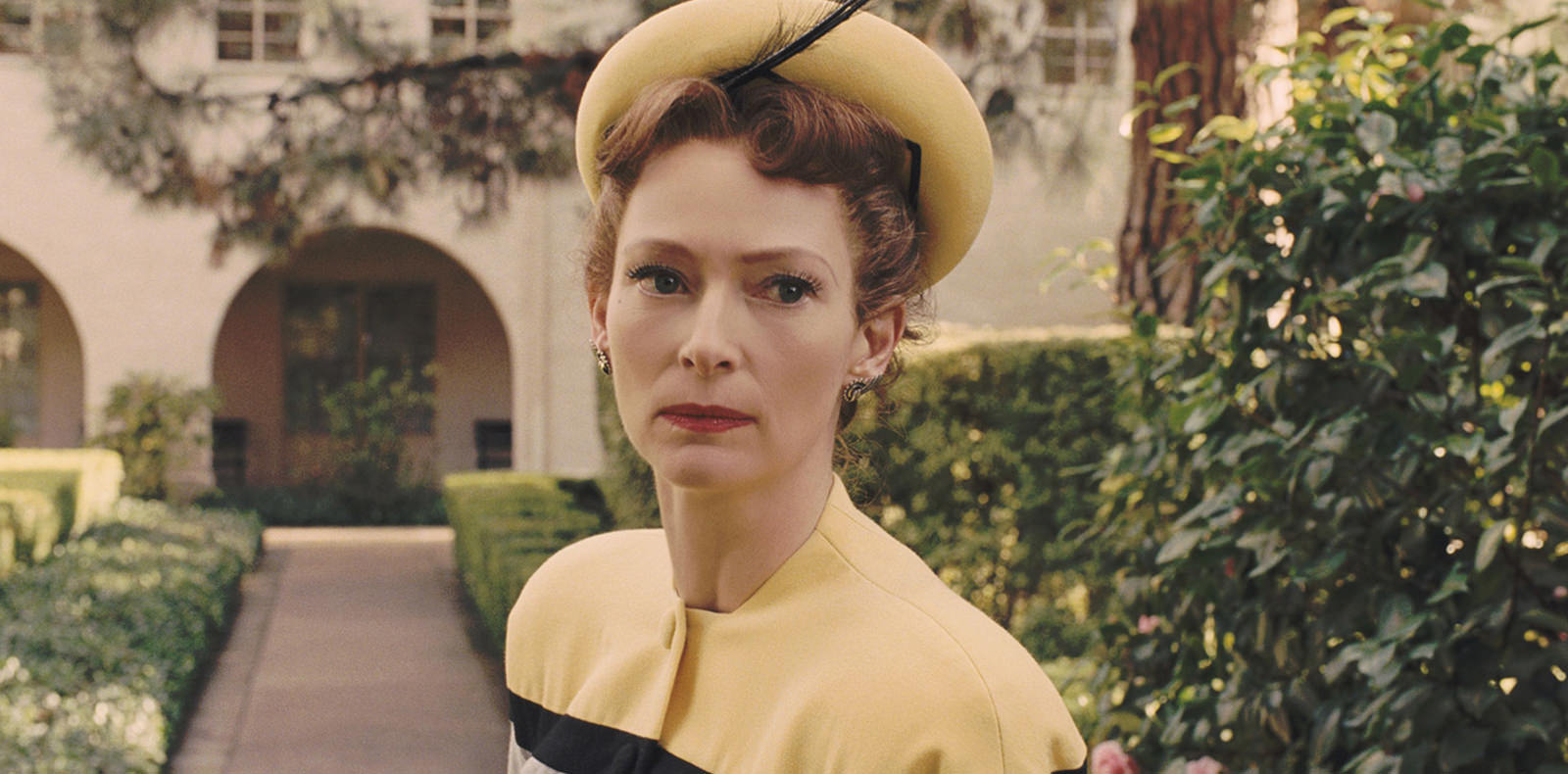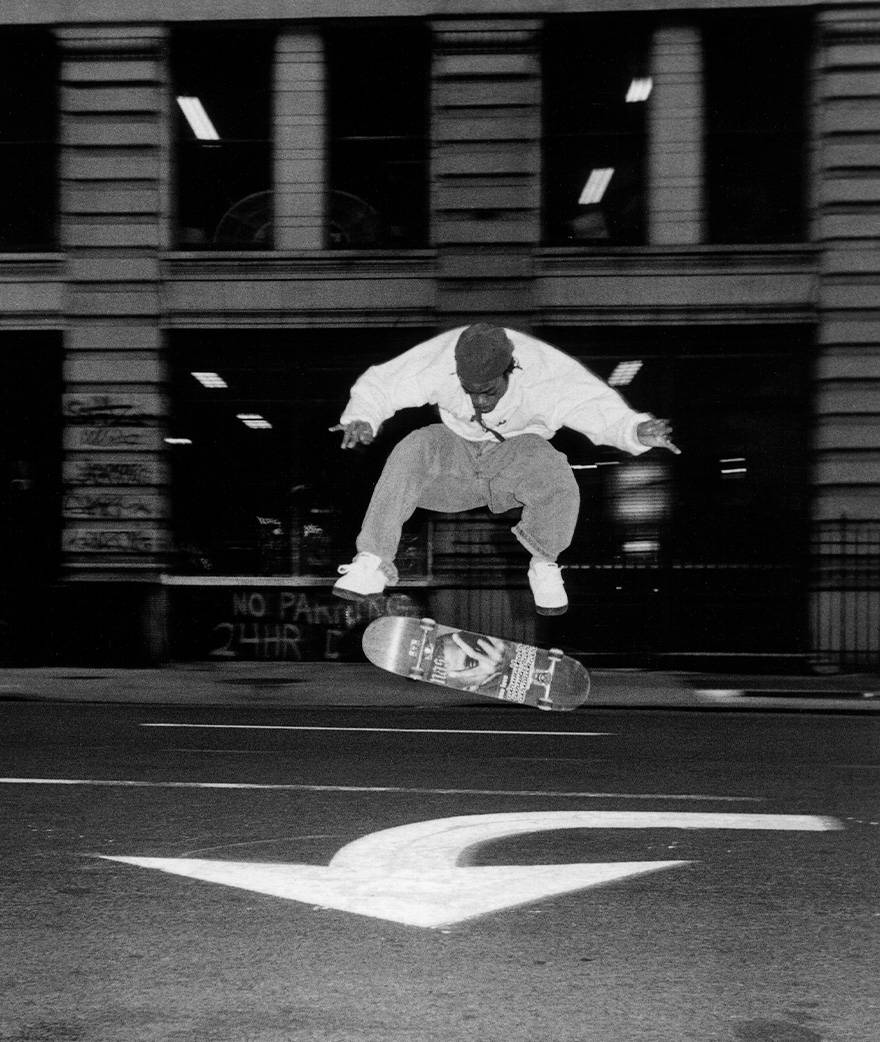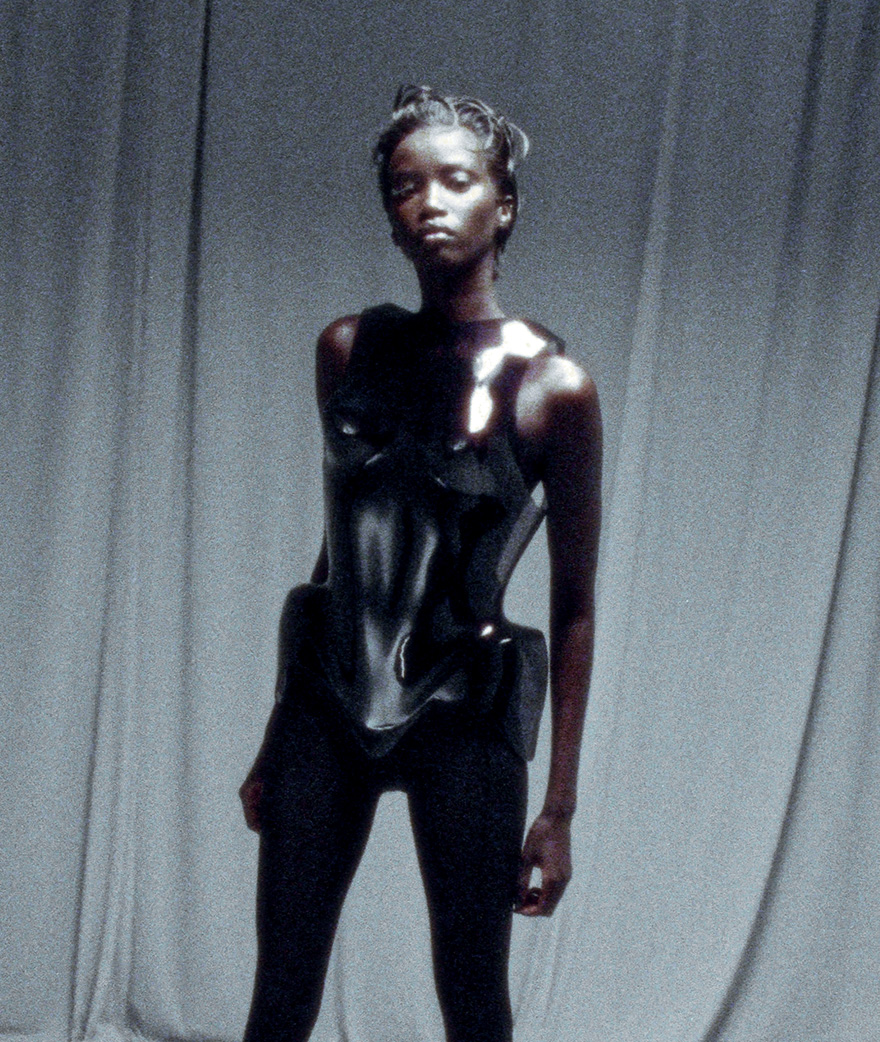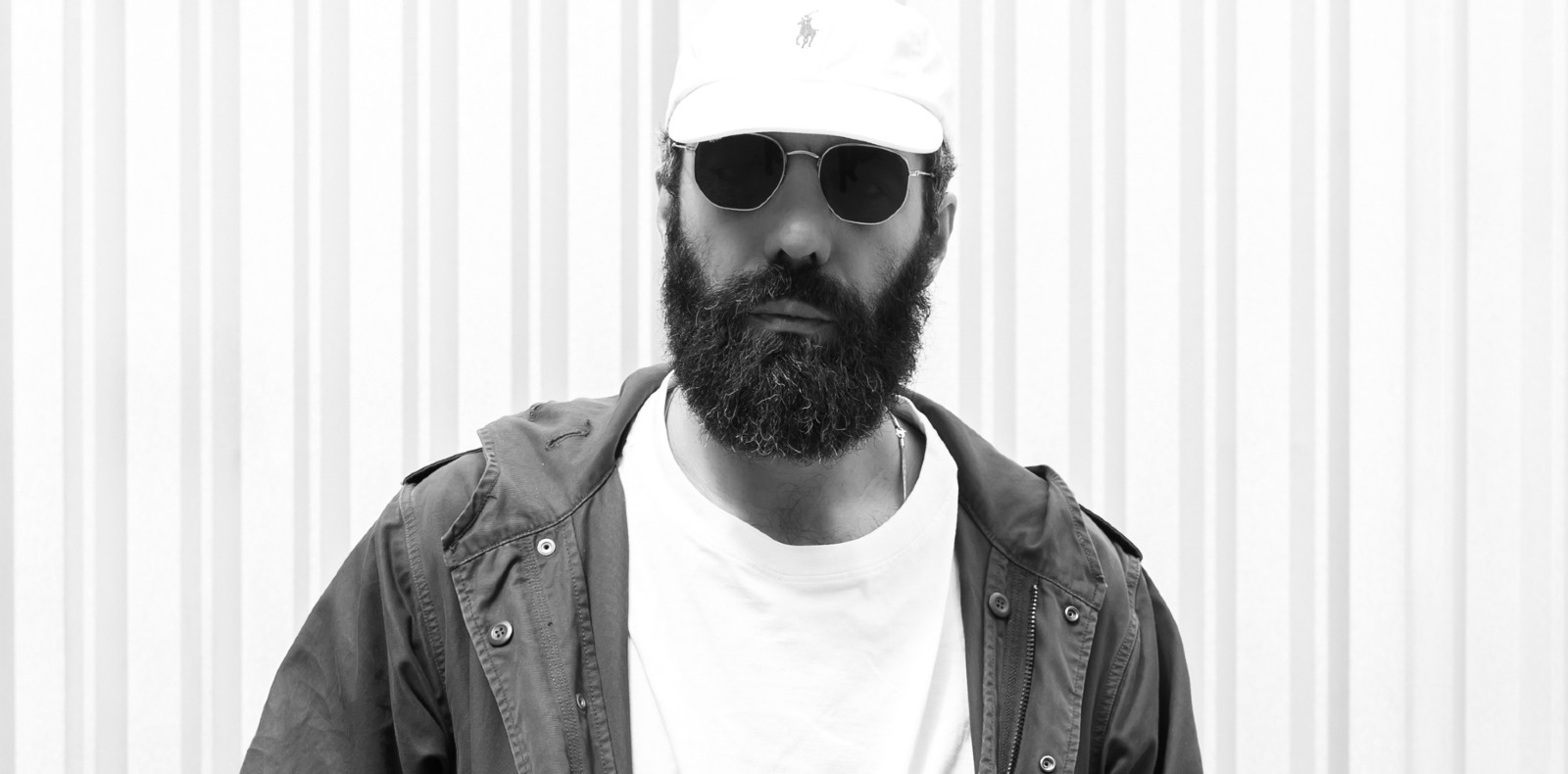
19

19
Romain Gavras: “Making a film is a human adventure, a form of craft”
The name of French director Romain Gavras is on everyone’s lips this autumn. With his Gener8ion project, conceived with electronic producer Surkin, the son of filmmaker Costa-Gavras and co-founder of the Kourtrajmé collective is presenting a dystopian installation mixing music and video in several spaces of the Onassis Foundation in Athens, until October 29th. At the same time, his film Athena, which stages a suburban riot in the near future like a Greek tragedy, is one of the top 10 most viewed programs on Netflix. Numéro has seized this opportunity to talk to the 41-year-old star videomaker (M.I.A., Justice, Jay-Z and Kanye West) about the controversy caused by his new peplum, the telegenic qualities of teenagers, and the redeeming power of olive picking in a crisis situation.
By Violaine Schütz.
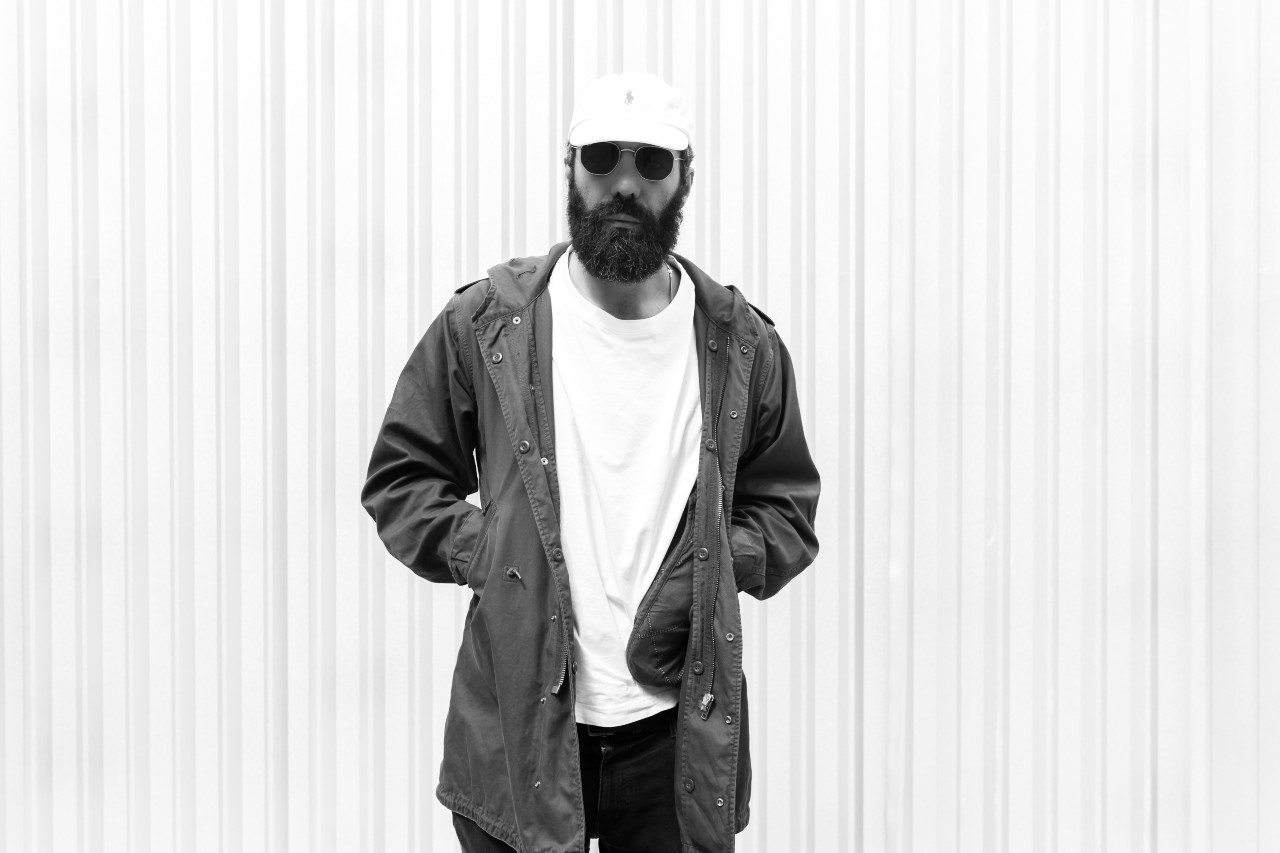
Numéro: How did your multi-disciplinary project Gener8ion mixing music and video, developed with producer Surkin, get off the ground?
Romain Gavras: The idea came about when my little cousin called me an old man because I was watching music videos with my phone turned to landscape mode, while teenagers watch them vertically and therefore see only small images. It made me feel very depressed. So Surkin and I thought that, in addition to posting videos on YouTube, we could come up with other short formats that could be shown on very large screens in physical locations to give the audience a different experience. Then, the lockdown cutted short our original impulse. Recently, we were finally able to show three short films, including Neo Surf, co-produced with the Onassis Foundation, on three giant screens in London and in Athens, as we speak. The idea is to make more videos as soon as we have some money coming in. I reinvest what I earn from advertising in this project, which is a loss-making project for now.
The plot of these videos takes place in 2034. What message did you want to convey through this dystopian aspect?
The idea was to create projections of the near future that were different from the usual ones depicting robots. We also wanted these projections to take place in physical places that made sense and had a long history. The film Neo Surf was shot in Greece, and is being shown in the heart of some ancient ruins in Athens. When we address the future, we also address the past.The two are in synch. In Neo Surf, we can see a future world completely damaged by pollution and climate change. Yet, we try to find a positive aspect to it, with a group of teenagers finding themselves in parts of the abandoned and quarantined city of Athens. At the end of the day, no matter how bleak the future is, kids will still be kids and they will still do stupid things. In Neo Surf, moped theft has turned into shooting Amazon drones to collect packages and taking drugs from the future.
In Gener8ion’s short films, beauty, hope, and poetry are still present in a context of the end of civilization…
I think the reception of an event depends on one’s sensitivity. As far as I’m concerned, I will always try to find poetry in things that are everything but poetic at first sight. We can find some grace in a burning castle, as in Kurosawa’s Ran (1985). For the Gener8ion project, the concept is somewhat similar. We are hearing a lot about climate change as something scary happening at an exponential rate. It’s not easy to find something beautiful in that, but I think that taking the angle of youth and teenagers being teenagers in this apocalyptic context is interesting.
Like Gus Van Sant and Larry Clark, you seem to be quite attached to the teenage years… Is adolescence a country from which one never returns according to you?
In the realms of romance, cinema, and iconography, adolescence is an exciting time because it’s a time when madness, beauty, innocence, but also stupidity co-exist. All these things together will create something eternal. Every generation, every culture, every country has its teenagers. It’s a kind of common denominator that encapsulates recklessness, self-discovery, and uncertainty… interesting themes to explore as an image-maker.
Similar to what the heightened emotions we experience as teenagers, your films and videos bring out very vivid feelings in the viewer…
I think that the responsibility of a director or image-maker is to offer a new iconography and to look for new forms of expression, especially when talking about the near future. They must try new things and research new aesthetics. Then, the emotions will be different according to the personality and the vision of the person watching these images.
How do you create something new when everything seems to have been done before? Is it through technology? In your new film Athena, released on September 23rd on Netflix, you used drones and IMAX cameras…
I don’t think that technology necessarily allows novelty. Aside from two shots filmed with drones, Athena could almost have been filmed fifty years ago. We tried to keep a kind of classicism to the images. I don’t want to follow the trends in technology, otherwise a film can very quickly become outdated. On the other hand, mixing Greek tragedy with the setting of a fictional suburb, as we did in Athena, allowed us to highlight emotions that we are not necessarily used to experiencing, and therefore, to bring something new.
The three short films by Gener8ion feature actress Charlize Theron and other emerging artists, such as rapper 070 Shake. How do you choose your actors?
Generally speaking, it happens quite naturally. I met Charlize Theron as I worked with her on a video for Dior. I told her about my project and she agreed to participate. As for 070 Shake, it was Surkin who started working with her on a track. In any case, on projects that don’t generate money like ours, there has to be a real connection and it has to happen naturally. It’s the same with videos. I’ve never managed to make a video for someone I didn’t feel close to. There has to be an artistic chemistry in which both parties want to collaborate for it to work.
Does it mean that you are close to Jay-Z and Kanye West, for whom you directed the video No Church in the Wild (2011)?
For the record, Kanye and I had been trying to work together for a long time without managing to do it. Then, Jay-Z came into the picture and it finally happened. To answer your question, I’m not as close to them as friends who would go fishing together on the weekends, but artistically speaking we have become close, yes. We would call each other and talk. We have a similar sensibility on certain topics. At the time, it allowed us to agree on how to conceive that video [which shows a confrontation between young black men and police officers], without the help of a mediator. Conversely to what happens in the music videos industry, I need to talk to the artist directly in order to make a successful video.
You have just released the making-of of your film Athena on YouTube. Why showing the behind-the-scenes? Do you want us to see that the long, hallucinatory sequence shots were taken without a green screen?
No, that’s not the reason why I did it, because I think you can feel that a green screen has been used during the shooting when watching, even if you are not a professional cameraman. In Athena, it seems to me that even a layman is aware of the danger and the pyrotechnics faced by the actors. Filming everything on location is not just a director’s trick. It’s more interesting for me, but also for the actors and for the audience, who are no fools. I wanted to show that making a film is a human adventure and a form of craft through this making-of. We almost made this film and its sequence shots as if we were directing the final run-through of a play or an opera. For two months, we rehearsed the paths of the cameras and actors with precision, so that the chaos was perfectly organized. It was a genuine dance between the camera and the actors. The film was built during the shooting, as it received a small amount of editing.
Athena is dedicated to the late DJ Mehdi. How does his presence impact the film
His music permeated the film. We were inspired by Mehdi’s epic and melancholic music to create the soundtrack. There was always a sense of victory and defeat in his songs. We can hear many of his songs re-orchestrated by Surkin, including Les Princes de la ville (1999) and Lucky Boy (2006), as well as snippets from Mehdi’s unreleased works.
Athena has been the subject of controversy since its release. Jay-Z and David Fincher loved it, but it has also received vehement criticism, especially coming from the far right, which accuses you of glorifying violence. Did you anticipate this?
I think that when you release a film in your home country that deals with such issues [a riot in a fictional suburb in the near future], you are bound to get mixed responses. What I find striking is that the most violent reactions come from the extremes, either from the far right or from a fringe of the left. The criticisms come from Zemmour and the identitarians as much as from a part of the left that bases its reading of the world only on representation. Faced with such a conversation, I went to eat mutton and pick olives in Greece. When we finish a project, it’s always a good idea to get away from the noise, in a country where you have ties [Romain Gavras’ father, the filmmaker Costa-Gavras, is Franco-Greek]. Beyond the controversy, the film remained No 1 on Netflix for more than two weeks in several countries, which helps to put things into perspective.
Athena (2022) by Romain Gavras, available on Netflix. The first three videos of the Gener8ion project are shown as installations in several cultural spaces of the Onassis Foundation in Athens until October 29th, 2022.






